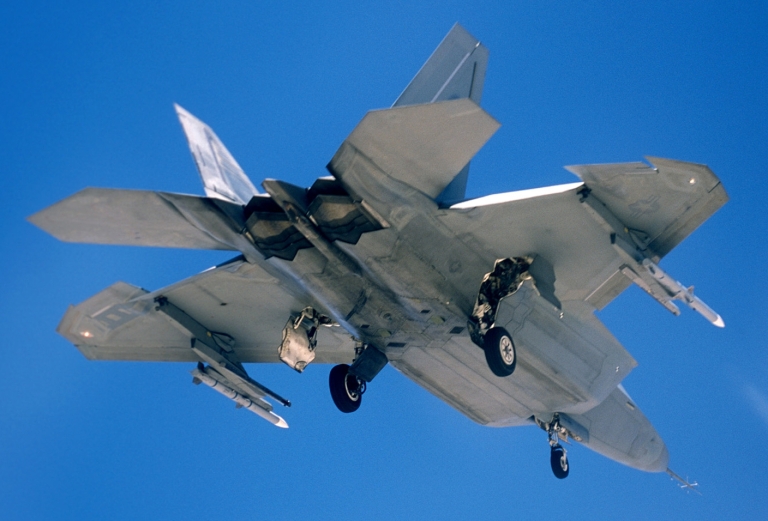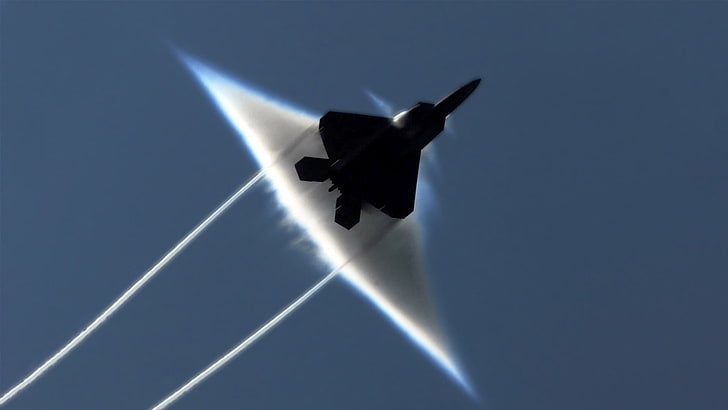
The U.S. Air Force’s plans to retire the remaining F-22 Raptor fighters hit a roadblock: it hasn’t yet settled on an official replacement for this fifth-generation platform.

Gen. Kenneth S. Wilsbach, the head of Air Combat Command, said he supports keeping 32 Block 20 F-22 jets, though it had earlier lost a battle to retire the planes.

Speaking at the Mitchell Institute for Aerospace Studies, Wilsbach pointed out that the value of the training such aircraft afford is matched by the capability of such aircraft in combat in emergencies.

With its budget woes threatening to undermine its schedule, a Next-Generation Air Dominance (NGAD) fighter that seemed just yesterday to be a contender to replace the F-22 is morphing into something rather different.

One reason Wilsbach said keeping older F-22s in service is because the future of NGAD is vague.

The NGAD is what we would consider a “family of systems”, that includes unmanned, manned-airbreathing, and manned-unmanned in a teaming configuration, Wilsbach said to clarify.

The fiscal 2025 defense budget now being considered on Capitol Hill contains evidence that it may not, after all, retire the F-22 in 2030 as planned.

More than $7 billion has been provided for F-22 improvements over the next five years, including new stealth wing tanks and infrared search-and-track systems-possibly a sign of longevity beyond planned retirement dates in favor of NGAD.

Air Force Secretary Frank Kendall said the NGAD needs to be redesigned to bring its costs under control and integrate its planned drone wingmen more effectively.

The new NGAD may have a less complicated, smaller engine to save costs.

According to Kendall, the Air Force is scrutinizing whether the current NGAD design concept is indeed the right one, as it looks for a less costly approach.

While NGAD has been estimated to cost roughly three times the price of an F-35 Joint Strike Fighter, concerns were raised regarding the affordability of the program. Kendall stated that NGAD still has yet to set a target cost but will try to bring it closer to the cost of an F-35.

Meanwhile, the Air Force continues to modernize its existing fleet. Wilsbach recently declared Initial Operational Capability for the F-15EX, which underlines its fourth-gen-plus capability and external weapons carriage.

The F-16 also remains a vast chunk of the fighter force in service, as upgrades are done with new electronic warfare suites and radars.

As the Air Force works to better its core challenges, a clear future for both the F-22 and NGAD remains uncertain. When it comes to balancing the costs of its existing and next-generation platforms, the service may be putting its aerial edge at risk.